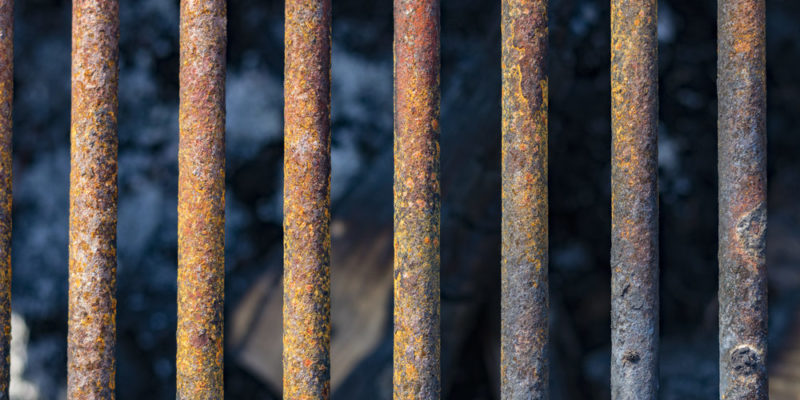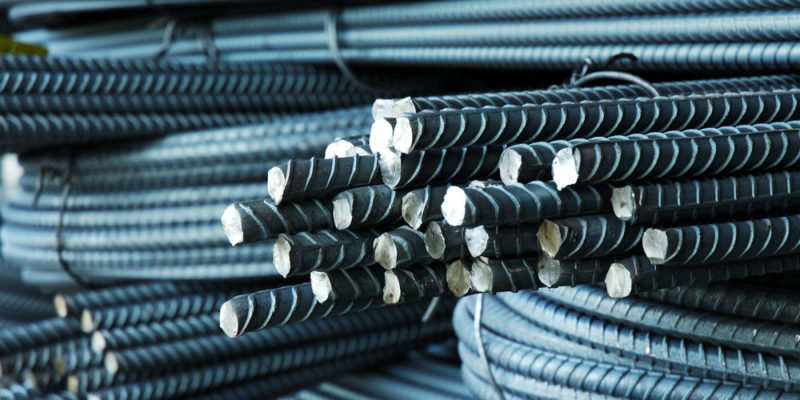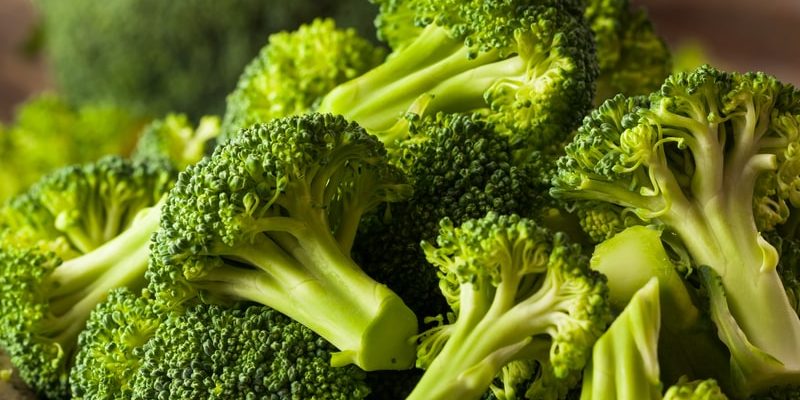We explain what iron is and what are the properties that this metal presents. In addition, its characteristics and effects on the body.
What is iron?
Iron is a chemical element with atomic number 26 and atomic weight equal to 55,847 amu. It is represented by the symbol Fe in the Periodic Table. It is a silver-gray metal , very malleable and magnetic.
It is the fourth most abundant element in the earth's crust and represents 5% of its components. However, in nature it is not found in its pure state and it is not used in its pure state either, but it is combined with other metals or with other chemical elements, forming alloys.
Its use dates back to 4,000 years BC. C. , in the Sumerian and Egyptian cultures . It was used for ceremonial purposes and around the 10th century BC. C became the raw material for swords thanks to its toughness. Since then, humans have used it for various purposes.
Characteristics of iron

- It is a hard metal, but at the same time malleable.
- It is very dense.
- It exists in nature almost always as part of certain oxides.
- It has a metallic luster of silver color.
- Generally, it is used in combination with other chemical elements with which it forms alloys.
Iron physical properties
- Malleability . Iron is malleable, that is, it can deform without breaking and therefore thin layers of iron can be made.
- Toughness . Its high hardness makes it very resistant to being scratched by another.
- High density . A small volume of iron carries a lot of weight.
- High thermal conductivity . Iron is used as the main component of cookware that must be capable of reaching high temperatures .
- Low electrical conductivity . With respect to other metals, iron does not conduct electrical current very well , so it is not used to make cables or electrical devices.
- It has magnetic properties . Magnetism is a physical phenomenon by which the attraction or repulsion that certain materials exert on others occurs, and iron is the magnetic metal par excellence. Iron, in general, is not used in its pure state, with the exception of the cases in which one wants to take advantage of its magnetic properties. The other highly magnetic metals like iron are cobalt, nickel, and mild steel , which is an alloy of iron.
Iron oxidation

Iron rusts when exposed to:
- Atmospheric oxygen
- Humid air
- High temperatures
For this reason, the various iron oxides were used as pigment from the earliest forms of painting and are found in cave paintings thousands of years old.
The main iron oxides are:
- Iron (II) oxide, FeO . It is a black powder that explodes easily.
- Iron (III) oxide, Fe 2 O 3 . It is reddish in color. This rust is the rust you see on metal objects that contain iron when they are exposed to moisture and air for long periods of time.
Steels
 Steels are an alloy of iron , that is, a combination of iron and carbon . The maximum carbon content that steel can have is 2%. They are classified according to their carbon content:
Steels are an alloy of iron , that is, a combination of iron and carbon . The maximum carbon content that steel can have is 2%. They are classified according to their carbon content:
- Low carbon steel . Contains less than 0.25%. It is ductile and offers high mechanical resistance.
- Medium carbon steel . It contains between 0.25% and 0.6%. It is less ductile but more resistant, so it is used in mechanical parts that must resist wear.
- High carbon steel . It contains between 0.6% and 1.4%. It is a very hard material that is used in tools.
- Alloy steels . In addition to carbon, another element is added that gives it another physical characteristic. An example is stainless steel, which in addition to iron and carbon, can contain chromium and nickel.
Iron in the human body
Iron is an essential metal for the functioning of the body . Hemoglobin and myoglobin are oxygen-carrying proteins and both contain iron in their molecule .The hemoglobin (red blood cells) carries oxygen in the blood , while myoglobin (found in muscle ) stores.
So when a person does not have enough iron in their body they can feel tired. Iron deficiency is called anemia.
Despite being necessary in small amounts, an excess of iron can be very harmful to health . If iron oxide fumes or dusts are inhaled chronically, a disease called siderosis can develop and increase the risk of developing lung cancer.
On the other hand, direct contact of iron with the eyes can cause conjunctivitis , chorioretinitis and retinitis.
Iron-containing foods
 The food that contains the highest proportion of iron is red meat and, to a lesser extent , fish , some mollusks and chicken.
The food that contains the highest proportion of iron is red meat and, to a lesser extent , fish , some mollusks and chicken.However, iron can also be obtained from non-animal sources , such as nuts, seeds, and legumes. Dark green vegetables (like spinach or broccoli) also contain high percentages of iron.
Environmental effects
 The iron alloy called iron (III) - O - arsenite is dangerous for the environment, affects plants and pollutes the air and water . This substance cannot be degraded by microorganisms , so it remains in the environment.
The iron alloy called iron (III) - O - arsenite is dangerous for the environment, affects plants and pollutes the air and water . This substance cannot be degraded by microorganisms , so it remains in the environment.On the other hand, iron is the most recycled material in the world , which reduces its accumulation in the environment .
Allotropic forms of iron
Iron is an allotropic metal, that is, it changes its structure depending on its temperature and pressure .At atmospheric pressure (1 atm) and at a temperature not higher than 900 ° C, it presents a crystalline structure of the cubic lattice type centered on the body, that is, with the iron atoms arranged in a geometry with this shape. If the temperature is higher, up to about 1400 ° C, then it has a face-centered cubic lattice-type crystal structure. But if the temperature is even higher, up to 1540 ° C, it again presents a cubic network-type structure centered on the body.
The above content published at Collaborative Research Group is for informational and educational purposes only and has been developed by referring reliable sources and recommendations from experts. We do not have any contact with official entities nor do we intend to replace the information that they emit.
Luke is passionate about fostering student involvement and connection. He studied psychology for his major and likes learning about the past. Luke aims to specialize in artificial intelligence and cybersecurity. .
Leave a reply
Your email address will not be published. Required fields are marked *Recent post

Sport: What Is It, Types, Risks, Features, Characteristics and Examples

Dogs: Emergence, Features, Characteristics, Feeding and Breeds

Story: Definition, Elements, Structure, Features and Characteristics

